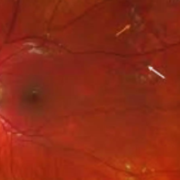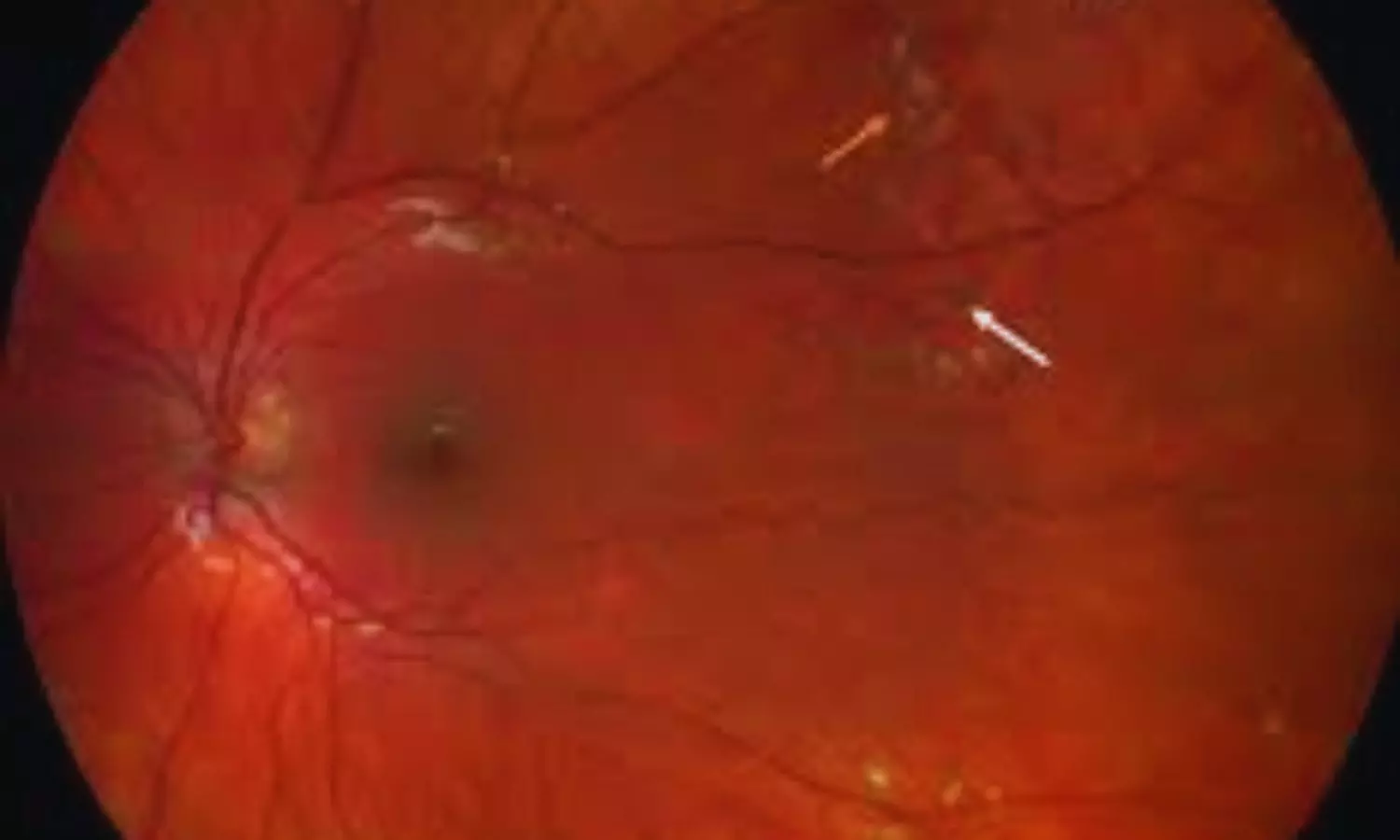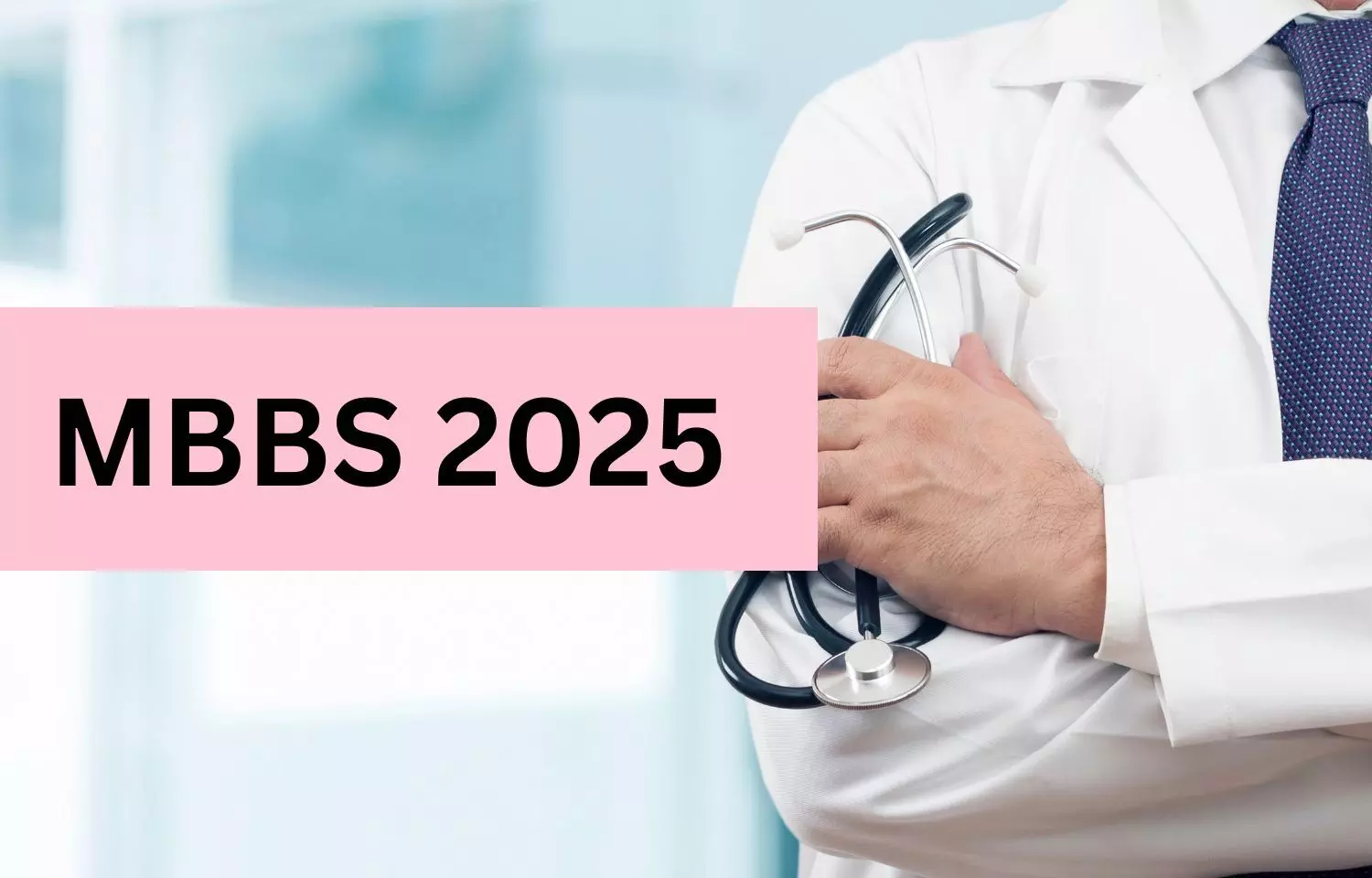Early Postpartum Contraceptive Implant Placement Safe for Breastfeeding females: Study Finds

USA: Researchers have found in a new study that inserting a contraceptive implant within the first 24 hours postpartum is safe for breastfeeding individuals. This finding supports users, healthcare providers, and hospitals in offering placement at a time that best meets the user’s needs.
The study was published online in the American Journal of Obstetrics and Gynecology on 20 March 2025.
The researchers note that breastfeeding and contraception are vital in patient and public health. The etonogestrel contraceptive implant, a widely used long-acting progestin contraceptive, is highly effective and has few medical restrictions. Although there are concerns that early exposure to exogenous progestin might affect lactation, previous studies have shown that immediate placement does not hinder milk production or long-term breastfeeding. However, no studies have directly compared implant placement within 24 hours of delivery to placement at a later postpartum visit.
To address this, Jamie W. Krashin, Department of Obstetrics & Gynecology, University of New Mexico, Albuquerque, New Mexico, 1 University of New Mexico, 4ACC, Albuquerque, New Mexico, USA, and colleagues examined whether inserting the implant within 24 hours of childbirth affects breastfeeding continuation compared to placement at least two weeks later. Breastfeeding rates were assessed at eight weeks postpartum to determine if timing influenced lactation success.
For this purpose, the researchers conducted a non-inferiority randomized controlled trial at two university hospitals in the Mountain West, enrolling postpartum participants planning to breastfeed and use the etonogestrel implant. Eligible participants, aged 13 or older with term deliveries and no contraindications, were randomly assigned to receive the implant within 24 hours or at least two weeks postpartum. Baseline data were collected through chart reviews and questionnaires, while breastfeeding status and implant use were tracked via electronic surveys at multiple postpartum intervals. The study assessed a 15% non-inferiority margin for breastfeeding at 8 weeks in the per-protocol population.
The study led to the following findings:
- One-hundred-fifty participants were enrolled (78 in the immediate group and 72 in the delayed group).
- After excluding 8 participants who declined implant placement, withdrew, or were ineligible, and 16 who lacked primary outcome data, the modified intention-to-treat analysis included 126 participants (69 immediate, 57 delayed).
- The per-protocol analysis included 115 participants (62 immediate, 53 delayed) after excluding 11 who received the implant outside the designated timeframes.
- Both groups were similar in age, race, ethnicity, previous breastfeeding experience, delivery mode, and epidural use, but prior implant use was less common in the delayed group (29% vs. 43%).
- At eight weeks postpartum, 77.4% in the immediate group and 81.1% in the delayed group reported any breastfeeding. The -3.7% difference exceeded the predefined non-inferiority margin, with a lower confidence interval of -16%.
- In the modified intention-to-treat analysis, the difference between groups was smaller (-0.6%) and within the non-inferiority margin (-12.8% lower confidence limit), with 78.3% in the immediate group and 78.9% in the delayed group reporting any breastfeeding.
- Implant continuation at 24 weeks was slightly higher in the immediate group (96%) compared to the delayed group (85%), though the difference was not statistically significant.
- Exclusive or any breastfeeding and implant continuation through 24 weeks were similar between both groups.
The study found no significant differences in breastfeeding or implant continuation between immediate and delayed placement, despite the primary outcome slightly exceeding the non-inferiority margin.
“These findings support the safety and flexibility of initiating the etonogestrel implant at any preferred time postpartum for breastfeeding individuals,” the authors concluded.
Reference:
Krashin, J. W., Rivera-Montalvo, M., Leeman, L., Trujillo, V. Y., Petersen, T. R., Sanchez, D., Bender, E., Carroll, S., Bulleit, E., Alcantara, J., Turok, D. K., Black, P., & Espey, E. (2025). Breastfeeding after immediate versus delayed postpartum contraceptive implant placement: A non-inferiority randomized controlled trial. American Journal of Obstetrics and Gynecology. https://doi.org/10.1016/j.ajog.2025.03.019
Powered by WPeMatico









